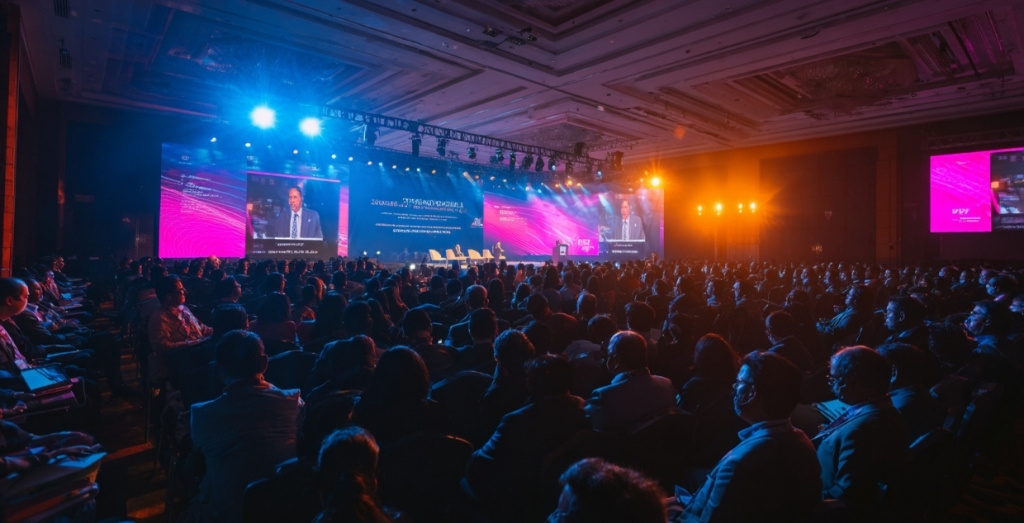Corporate events are often high-pressure productions, expected to impress, inform, and inspire — all within a limited budget. While it may be tempting to trim costs aggressively, the true art of smart budgeting lies not in cutting corners, but in making strategic decisions that protect impact while optimizing spend.
The foundation of cost-efficient planning begins with clarity. Before any spending happens, event teams must align on the event’s core priorities. Is this event meant to dazzle external stakeholders? Strengthen internal culture? Generate leads? A clearly defined purpose allows you to build a tiered budget that focuses on “must-haves,” followed by “should-haves” and “nice-to-haves.” This layered approach ensures that essential experiences are protected, even if adjustments are needed later.
Locking in the big-ticket items early is crucial. Venues, catering, and production partners typically account for the bulk of an event budget — and booking them in advance not only avoids premium pricing but also strengthens your negotiating position. When requesting vendor quotes, insist on itemized breakdowns rather than bundled pricing. This transparency reveals hidden costs and gives you room to pivot, scale, or substitute without derailing the experience.
For teams working with leaner budgets, creativity becomes an asset. Hybrid formats, for example, allow you to limit in-person attendee numbers while extending reach through digital platforms — reducing costs on space, food, and logistics. Similarly, small strategic swaps like using LED walls in place of printed backdrops, or relying on pre-recorded speaker introductions instead of live hosts, can deliver the same polish for far less.

Another often-overlooked tactic is repurposing. Event assets like digital templates, branded installations, or modular stage setups can be reused across multiple events — saving both money and time. Thinking modular also ensures brand consistency across different geographies or departments.
Real-time budget tracking is another game changer. While spreadsheets are useful, they can miss red flags when teams are juggling multiple vendors and deliverables. Budgeting platforms with live dashboards and alerts allow planners to monitor actual spending against allocations — offering agility and peace of mind throughout the planning cycle.
Of course, even the best-planned events face surprises. Setting aside 5–10% of the total budget as a contingency fund can absorb last-minute requests or technical hiccups without stress. Whether it’s an unexpected AV requirement or a VIP’s changed travel plans, contingency is what separates reactive scrambling from graceful flexibility.
Finally, cost-efficient planning doesn’t end when the lights go down. A smart budget is one that delivers real return — whether that’s through increased employee engagement, stronger client relationships, or quantifiable business leads. Tracking outcomes against spend gives you the data to prove value — and the insights to plan even better next time.
A well-planned budget doesn’t limit creativity — it channels it.
In today’s business climate, managing event budgets intelligently isn’t just smart — it’s essential. With the right mindset and a few strategic choices, it’s possible to deliver premium experiences without premium overspend.




